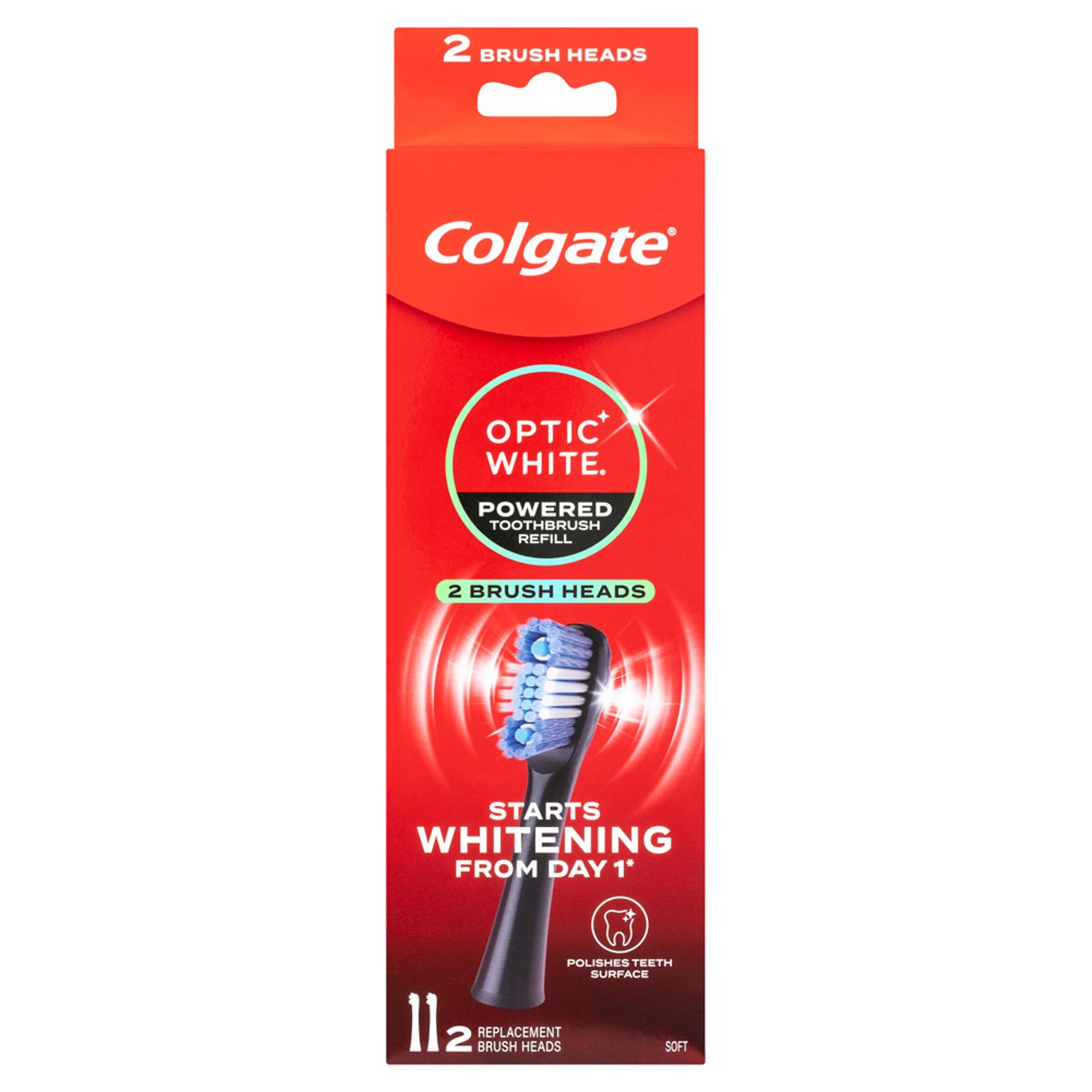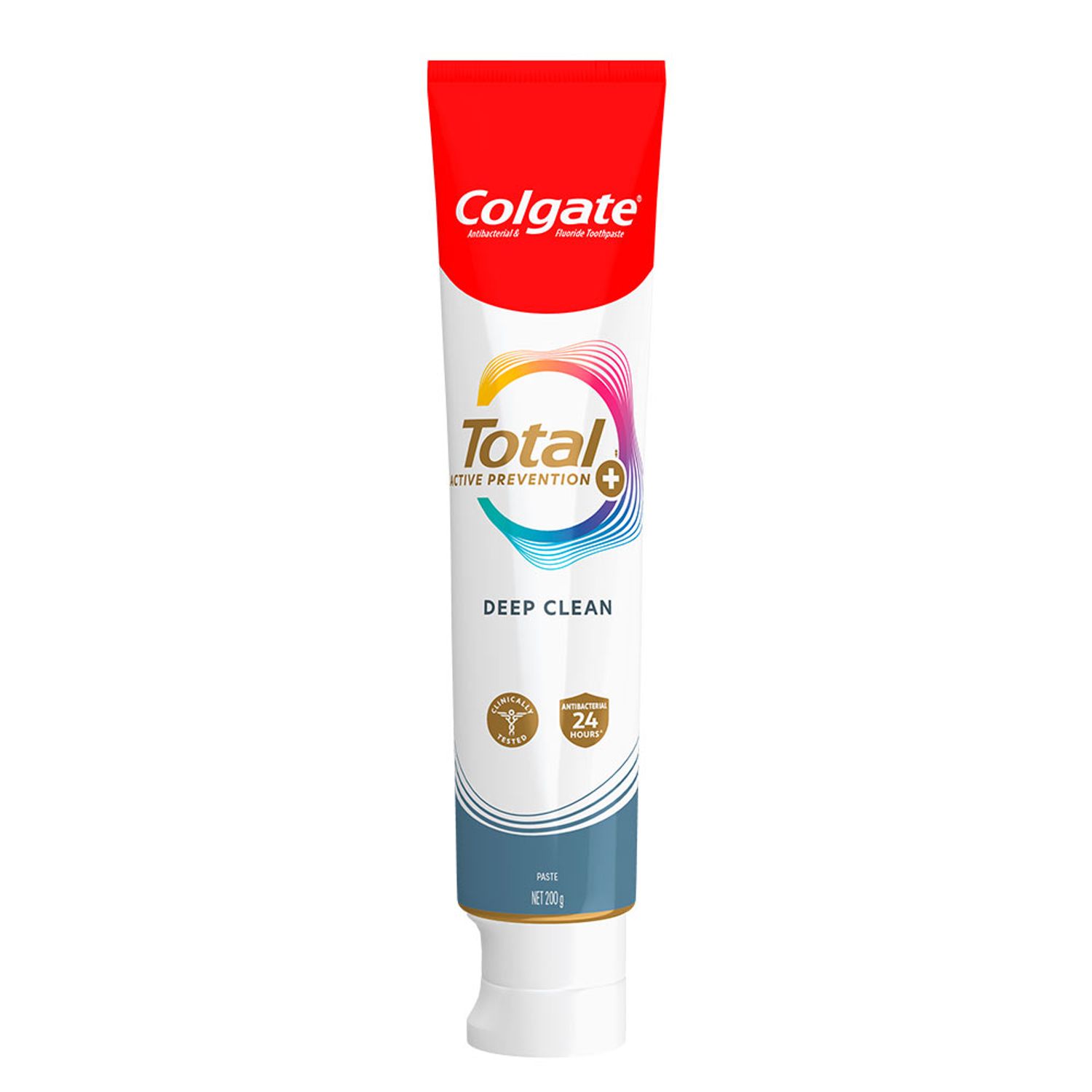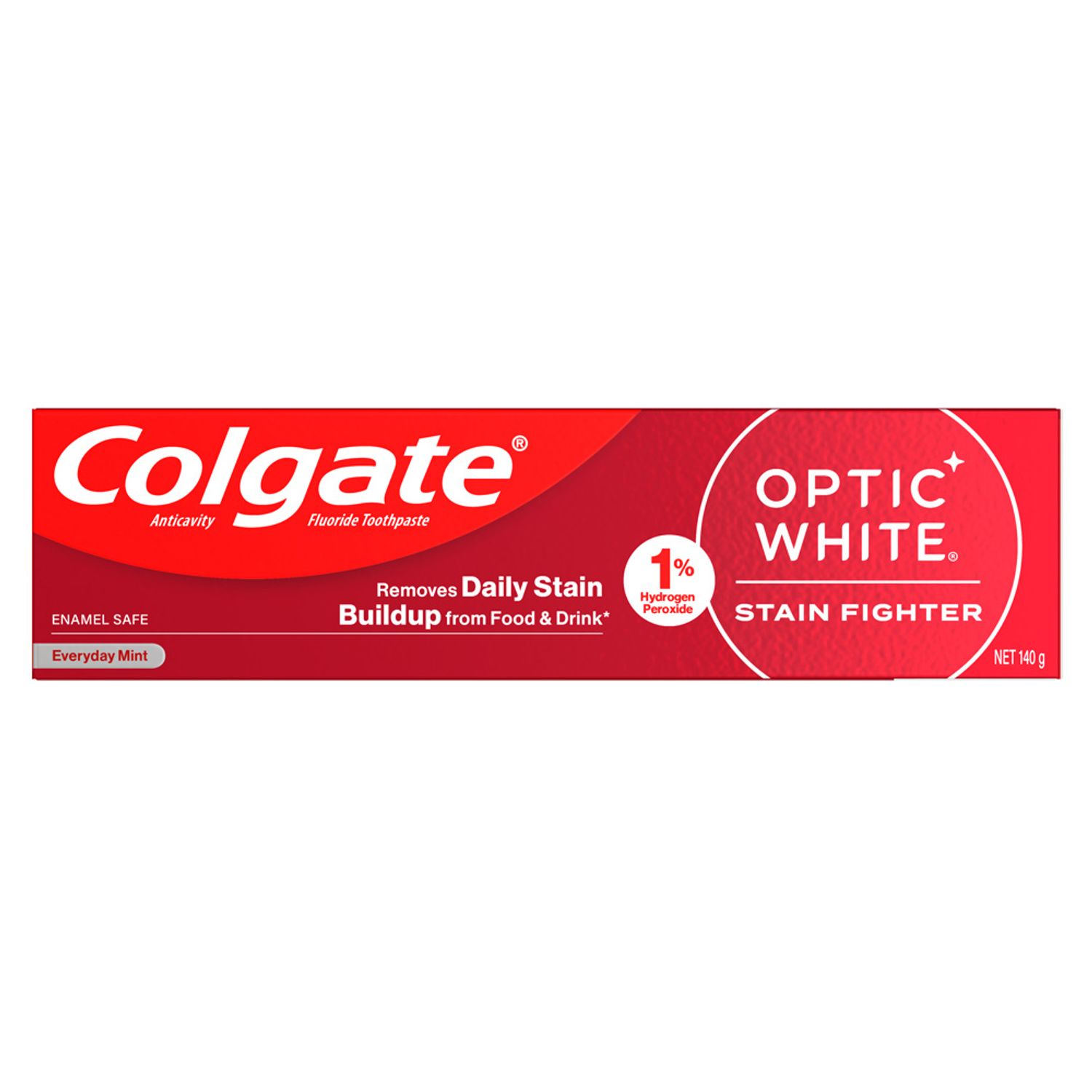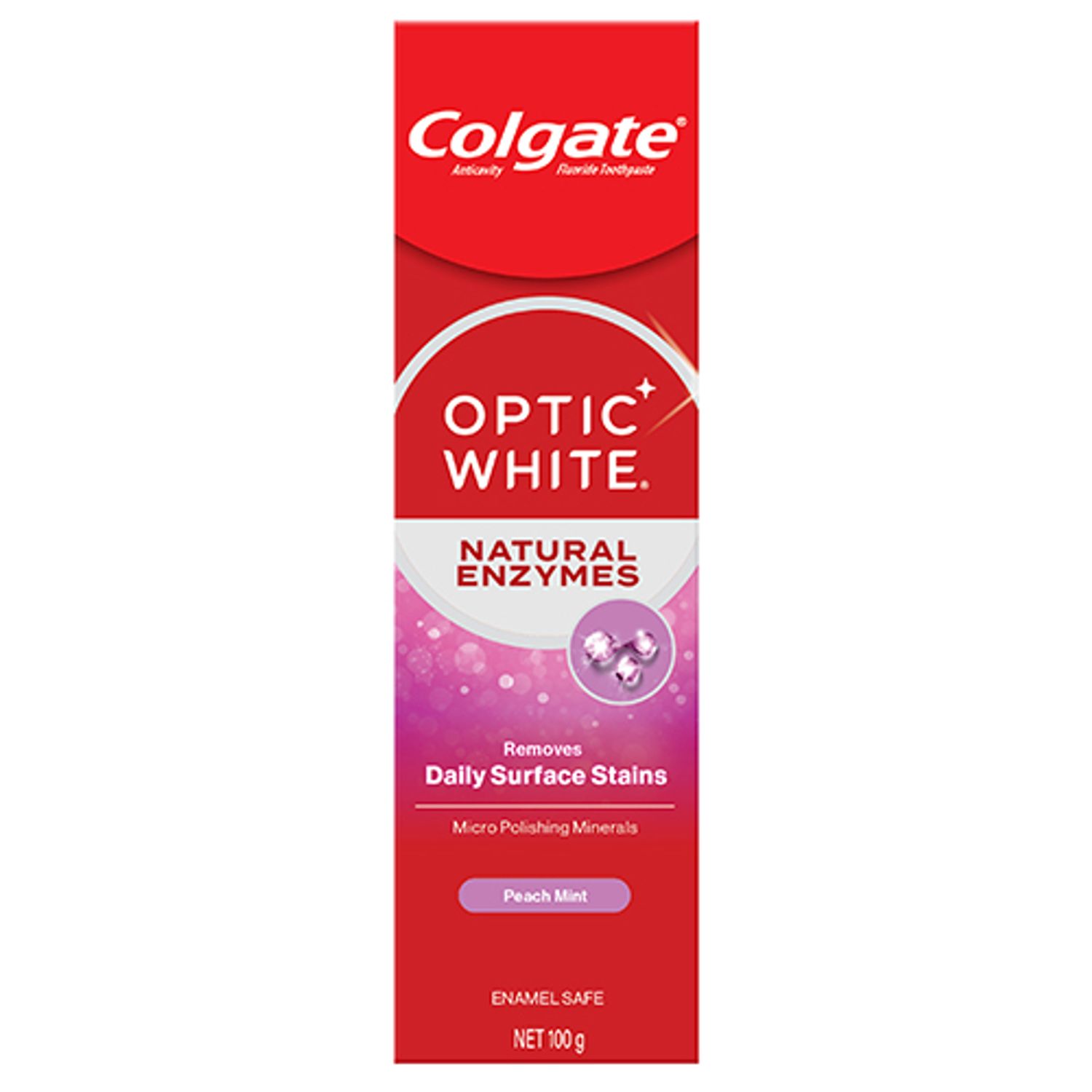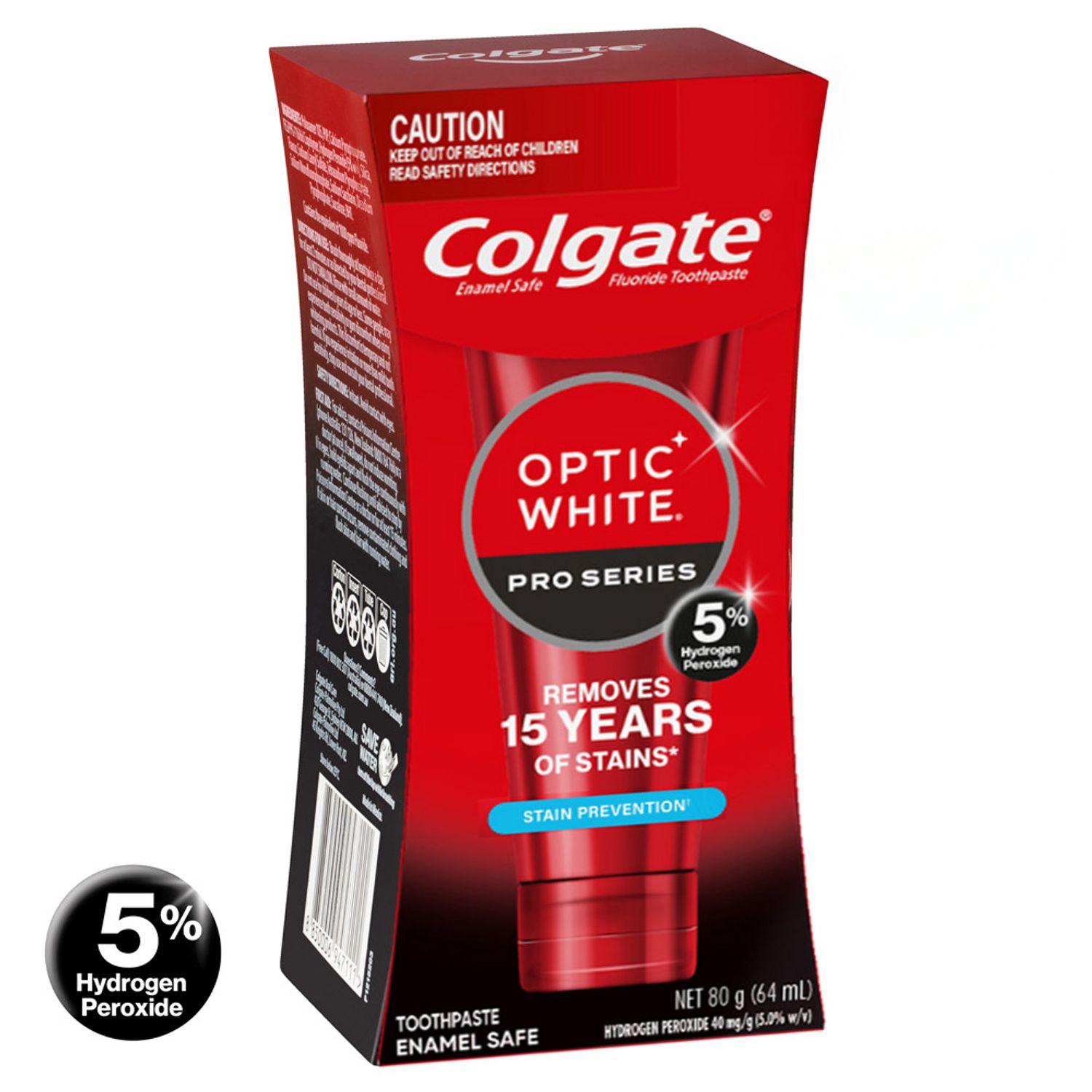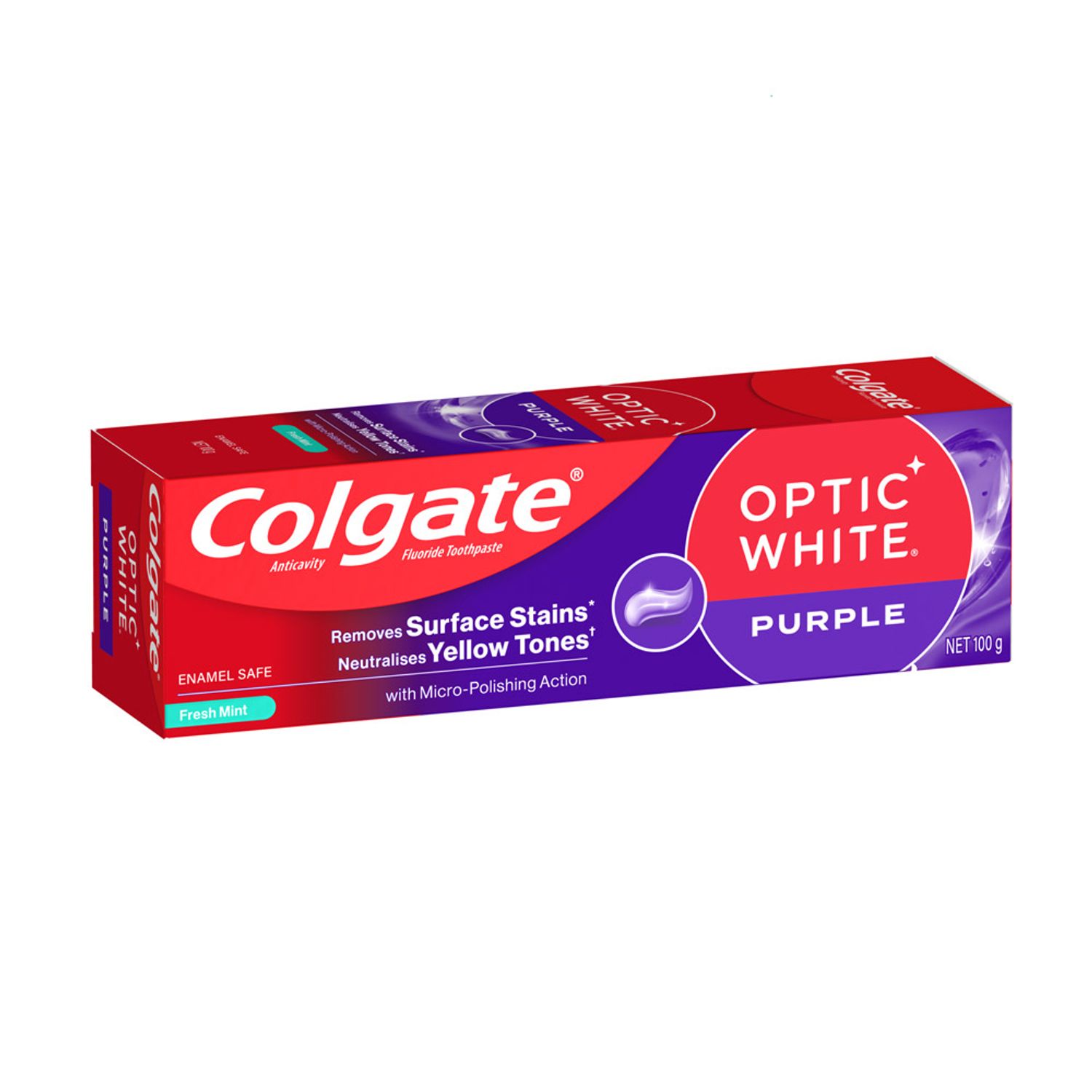-
-

BRUSHING & FLOSSING
How to BrushWhat Is the Right Way to Brush?
Proper brushing takes at least two minutes — that's right, 120 seconds!...

BRUSHING & FLOSSING
How To FlossWhat is the Right Way to Floss?
Proper flossing removes plaque and food particles in places where a toothbrush cannot easily reach... -
Science & Innovation
- Colgate® | Toothpaste, Toothbrushes & Oral Care Resources
- Oral Health
- What Are Mouth Irritations And Oral Lesions?


Mouth irritations and oral lesions are swellings, spots or sores on your mouth, lips or tongue. Although there are numerous types of oral lesions and disorders, among the most common are: mouth ulcers, aphthous ulcers, cold sores, leukoplakia and candidiasis (thrush). These are discussed below. If you have oral lesions, you are not alone; in fact around one third of all people are affected at some point.Nonetheless, mouth irritations and lesions can be painful, unsightly and can interfere with eating and speaking. Any oral lesion that persists for a week or more should be examined by your dentist. A biopsy, tissue taken for testing, may be advised and can usually determine the cause, ruling out such serious diseases as cancer.
How do I know if I have a mouth sore or oral lesion?
The following signs may indicate a mouth sore or oral lesion:
- Mouth ulcers are small white swellings or sores surrounded by an area of redness. Mouth ulcers may be the result of minor trauma in the mouth such as slipping with the toothbrush, biting the lip or cheek or sharp food scraping the gums.
- Aphthous ulcers are common and often recur. They can be minor (small), major (larger) or herpetiform (multiple, in groups or clusters). Although the exact cause is uncertain, some experts believe that immune system problems, bacteria or viruses may be involved. Factors such as stress, trauma, allergies, cigarette smoking, iron or other vitamin deficiencies, and heredity may also make one susceptible.
- Cold sores are groups of painful, fluid-filled blisters around the lips and sometimes under the nose or around the chin. Cold sores are usually caused by a type of herpes virus and are very contagious. The first infection often occurs in children, sometimes without symptoms, and may be confused with a cold or flu. Once a person is infected, the virus stays in the body, occasionally causing recurrent attacks. However, for some people the virus remains inactive.
- Leukoplakia looks like a thick, white patch on the inner cheek, gums or tongue. It is often associated with smoking and smokeless tobacco use, although other causes include badly fitting dentures, broken teeth and chewing on one's cheek. It is estimated that 5 per cent of leukoplakia cases progress to cancer*.
- Candidiasis, also known as oral thrush, is a fungal infection caused by candida albicans (yeast). It can be recognised by the creamy or yellow-white patches that occur on moist surfaces in the mouth. Tissues under the patch, are red and can be painful. Thrush is most common among denture wearers, newborns, those debilitated by disease, and those whose immune system is not functioning properly. People who have a dry mouth, or who are taking or have just completed antibiotic treatment, are also susceptible.
How are mouth irritations and oral lesions treated?
Treatment varies according to the type of condition you have. For the most common types of oral lesions and disorders, described above, treatment is as follows:
- Mouth ulcers usually heal after seven to ten days. Non-prescription topical ointments and pain relievers can provide temporary relief. Rinsing with antimicrobial mouth rinses may help reduce the irritation.
- Cold sores and resulting blisters usually heal in about a week. Because there is no cure for herpes infections, the blisters may reoccur during times of emotional upset, exposure to sunlight, allergies or fever. Non-prescription topical anaesthetics can provide temporary relief. Prescription antiviral drugs may reduce these kinds of viral infections; ask your dental professional, doctor or pharmacist.
- Leukoplakia treatment begins by removing the factors causing the lesions. Smokers should be encouraged to quit smoking. For others, it means removing ill-fitting dentures and replacing them with properly fitting ones. Your dentist will monitor your condition, examining the lesion at three to six month intervals, depending on its type, location and size.
- Candidiasis treatment consists of controlling the conditions that cause the outbreaks.
- Cleaning dentures is important in preventing denture-induced problems. Removing dentures at night can help.
- If antibiotics or oral contraceptives are the cause, reducing the dose or changing the treatment may help, in consultation with your healthcare professional.
- Anti-fungal medications may be recommended by your health care professional.
- Good oral hygiene is essential.
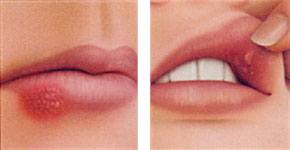 | |
| Cold sore | Mouth ulcer |
* The Complete Guide to Better Dental Care, Jeffrey F. Taintor, D.D.S., M.S., and Mary Jane Taintor, 1997
This article is intended to promote understanding of and knowledge about general oral health topics. It is not intended to be a substitute for professional advice, diagnosis or treatment. Always seek the advice of your dentist or other qualified healthcare provider with any questions you may have regarding a medical condition or treatment.
Related Products

Helping dental professionals
More professionals across the world trust Colgate. Find resources, products, and information to give your patients a healthier future

